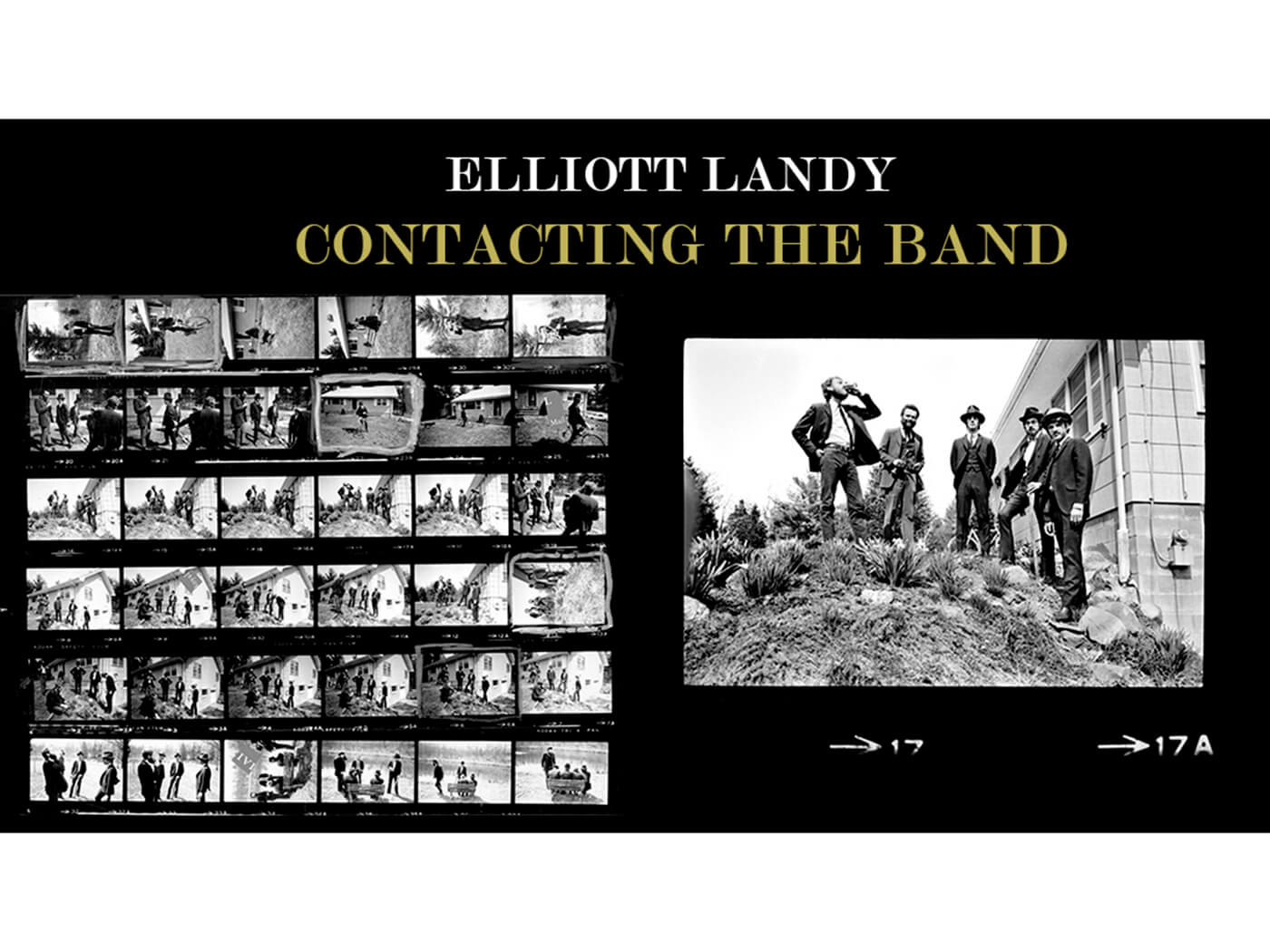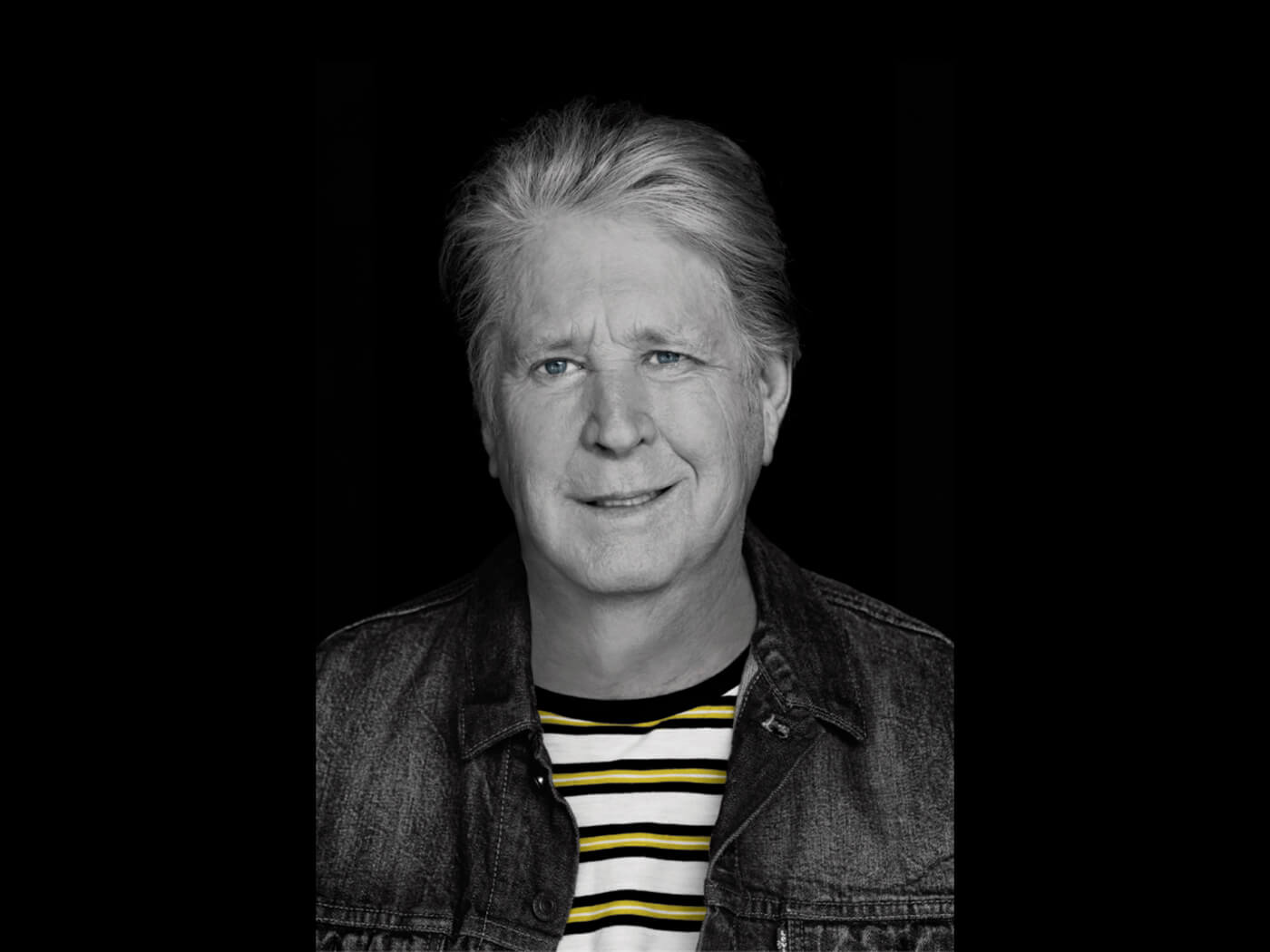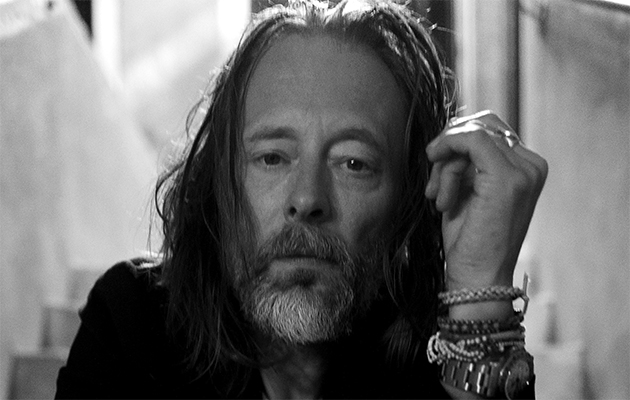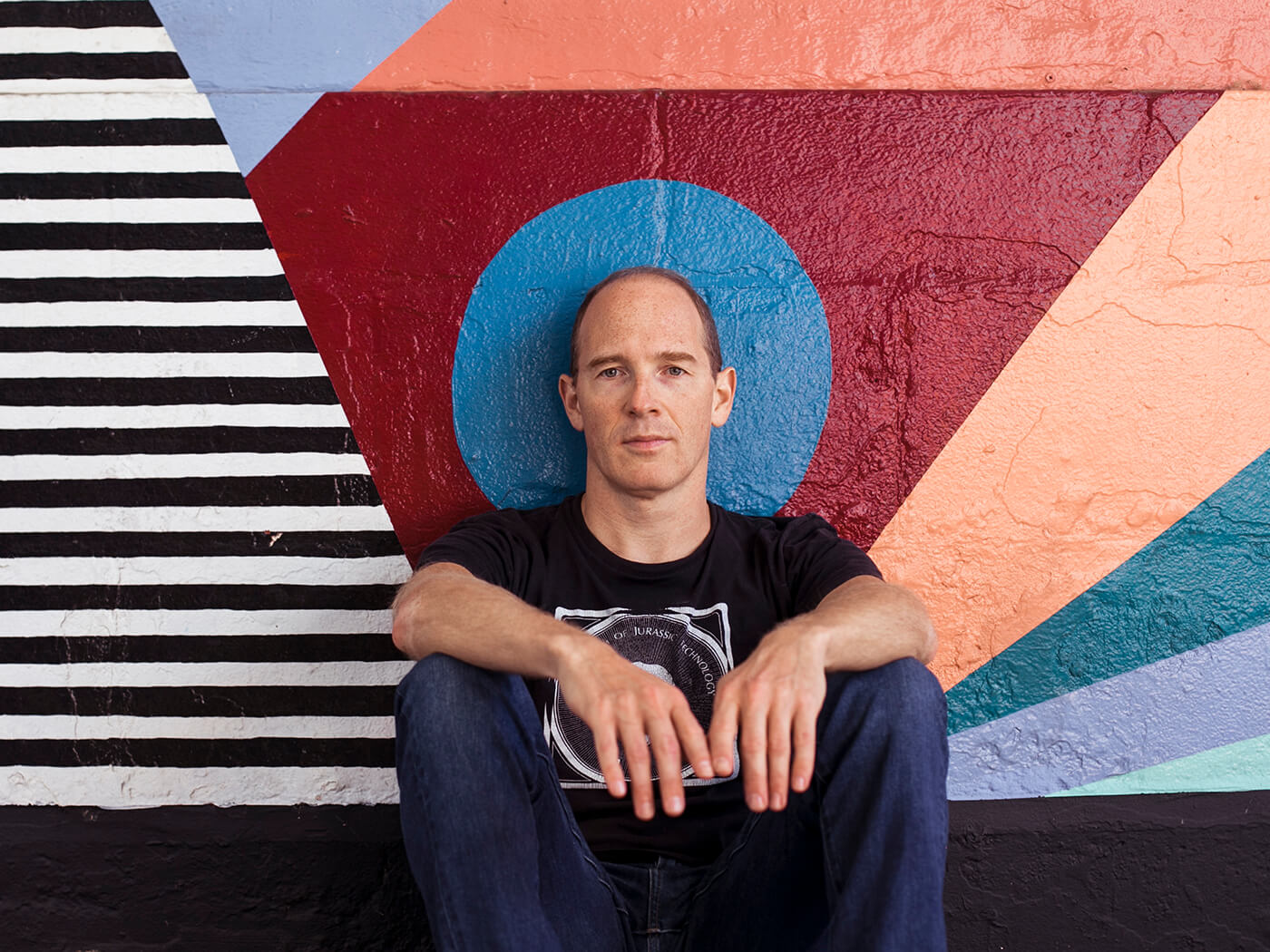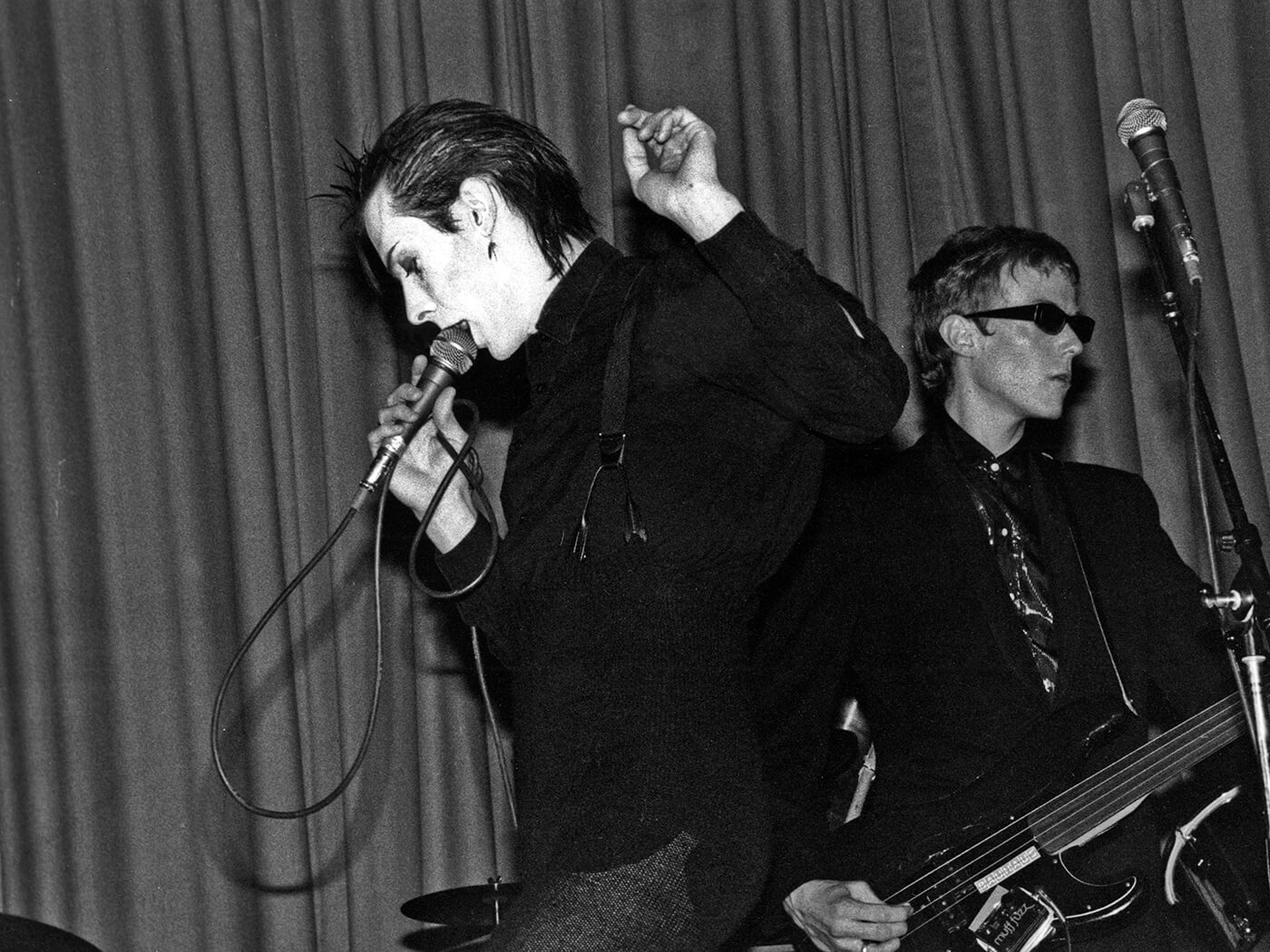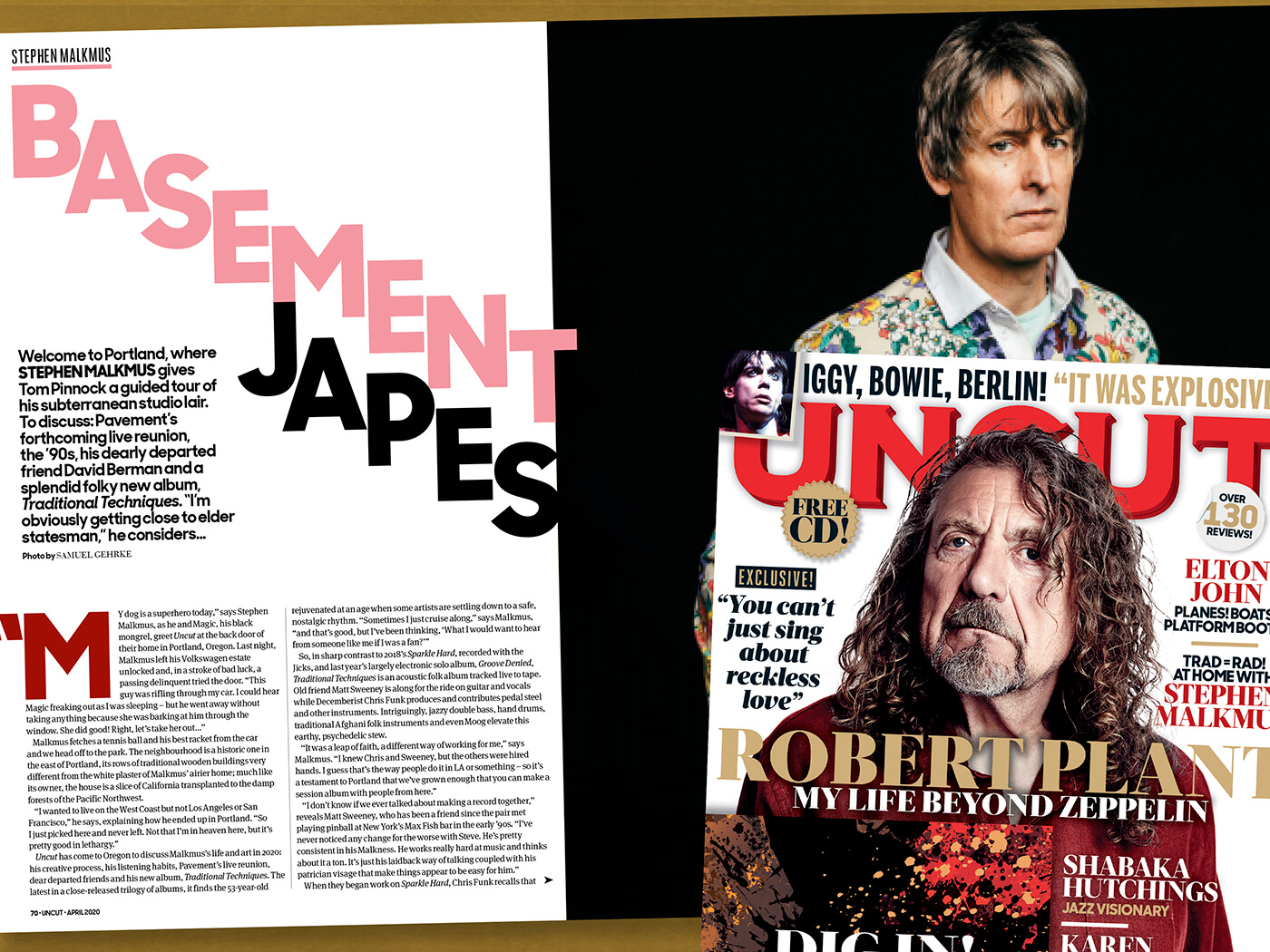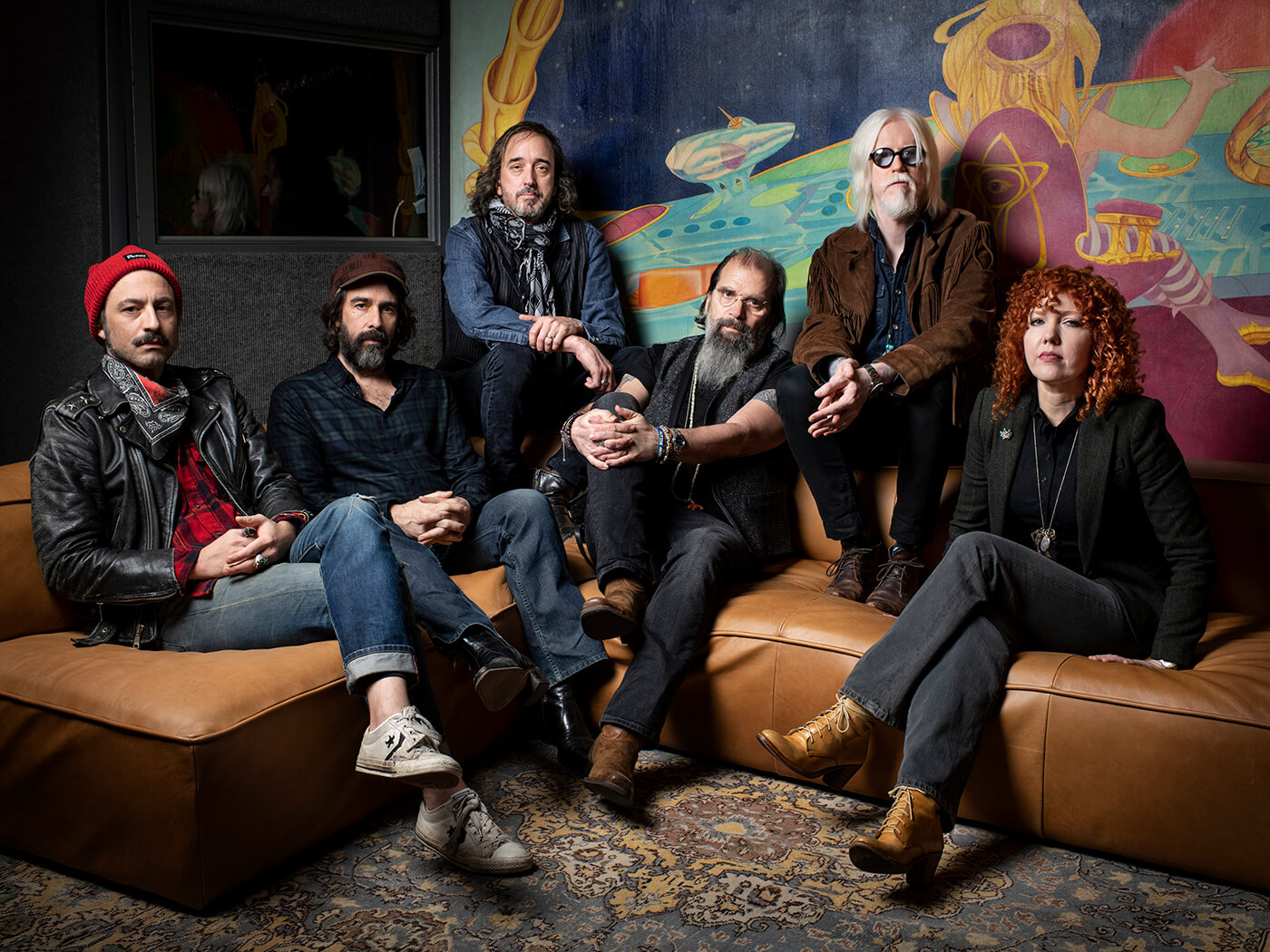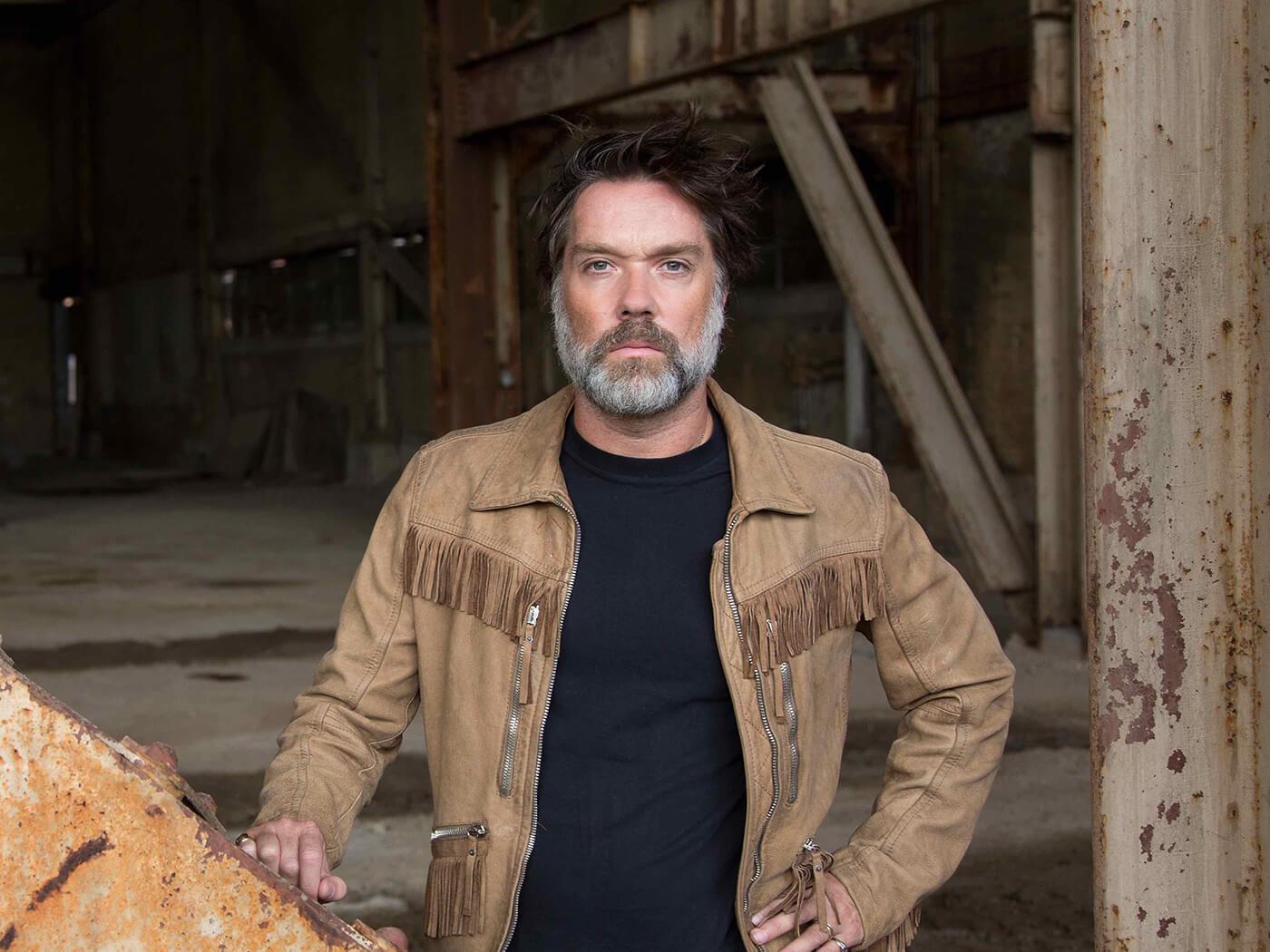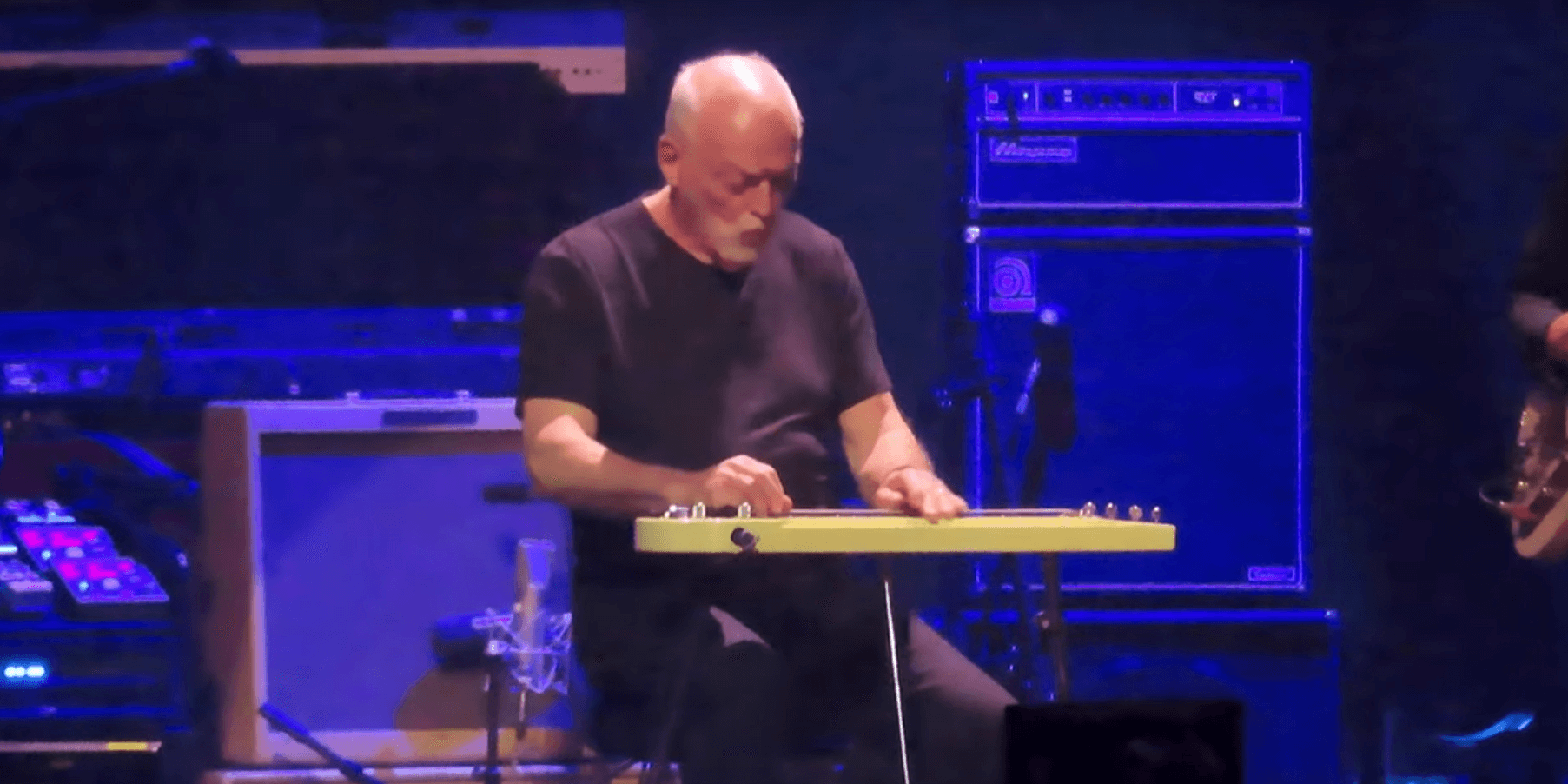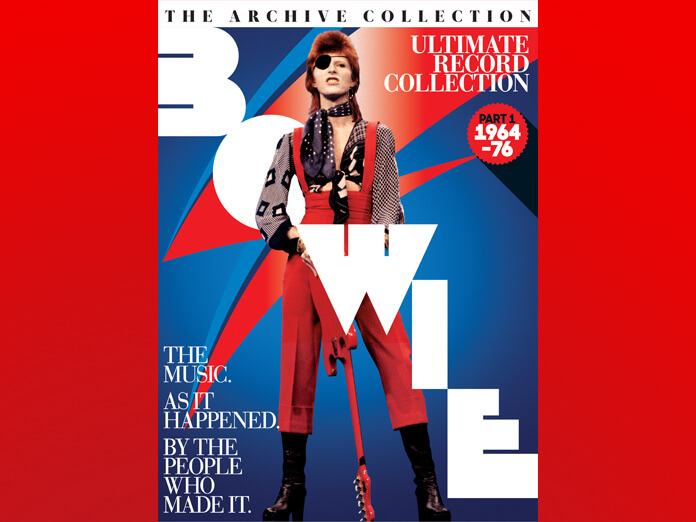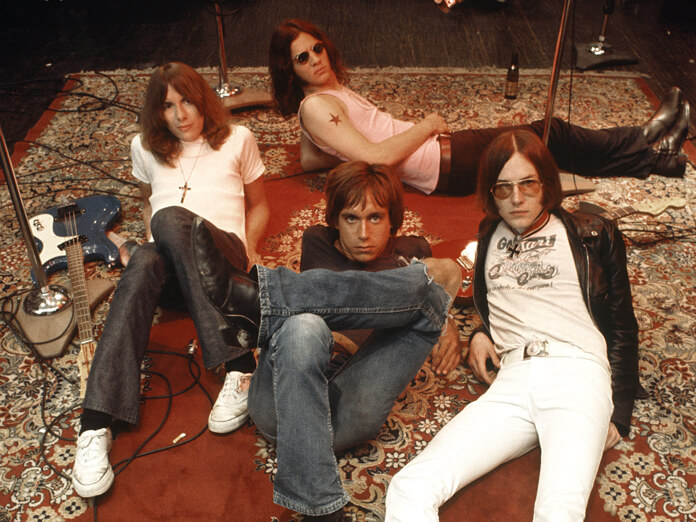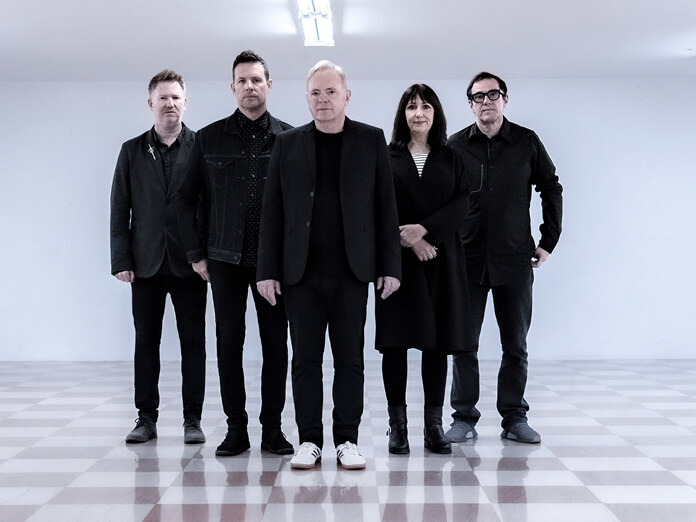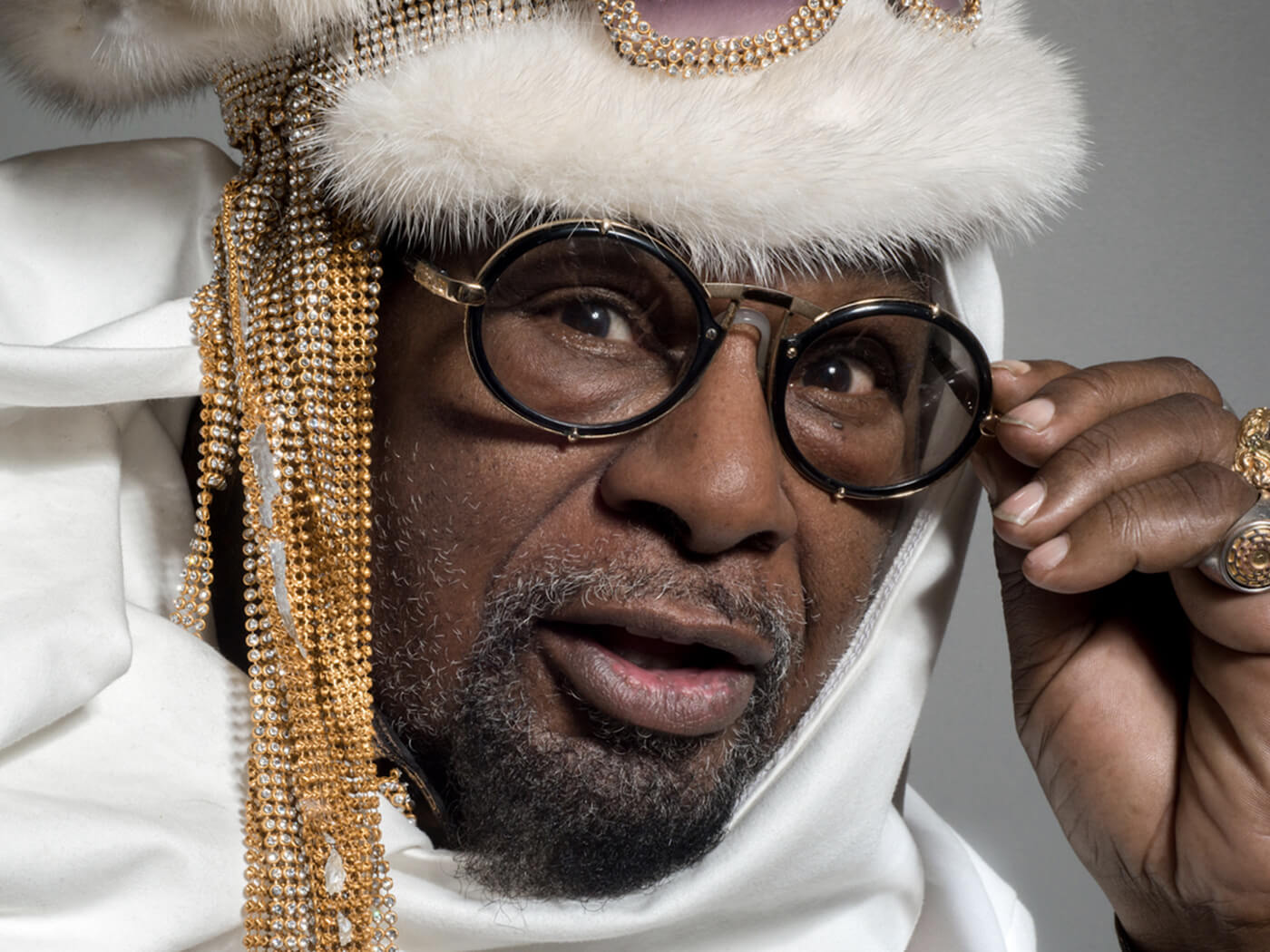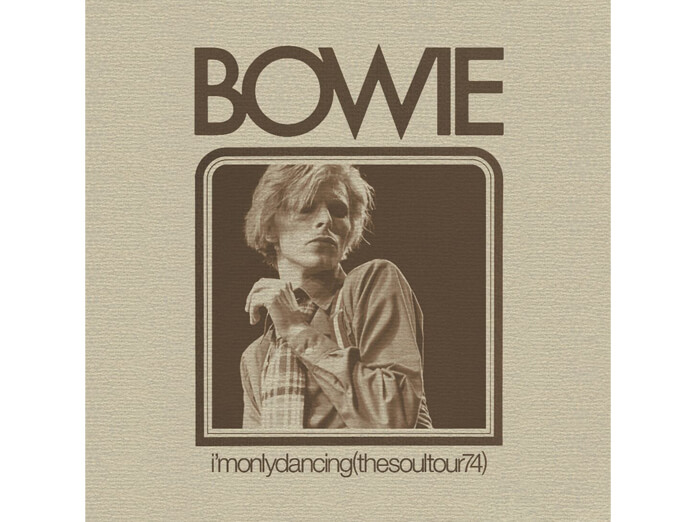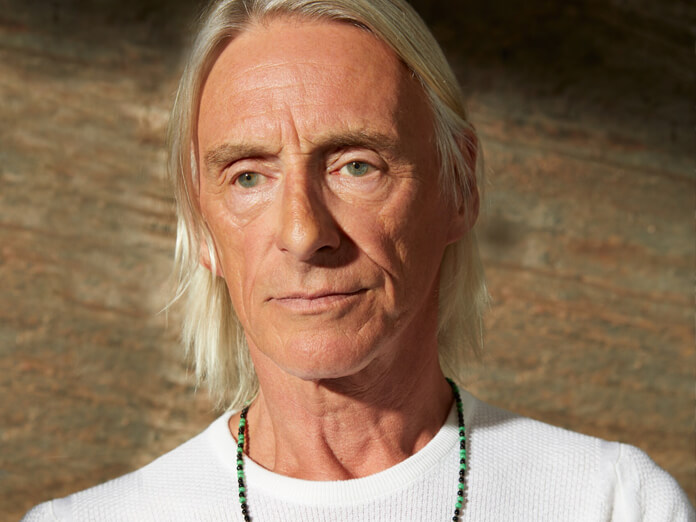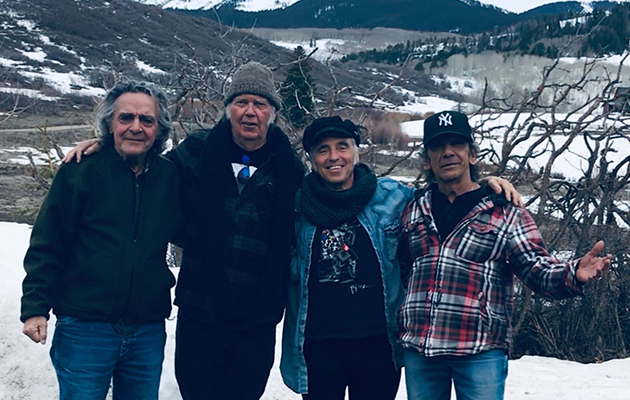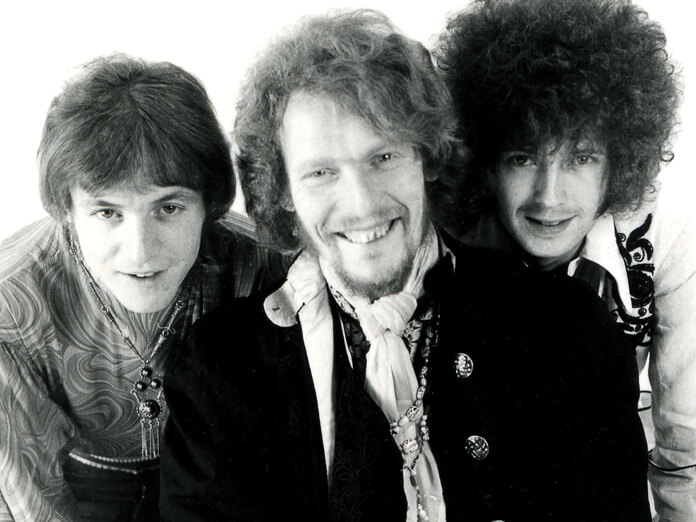Originally published in Uncut’s January 2019 issue
Looking back from a distance of 40 years, Bauhaus’s singer Peter Murphy is in no doubt about the significance of his band’s debut single. “‘Bela Lugosi’s Dead’ just happened to be a seminal song,” he explains. “It was the ‘Stairway To Heaven’ of the 1980s.”
“It definitely has a timeless quality,” agrees ex-Bauhaus drummer Kevin Haskins. “On reflection, I marvel at what we did. We were just four young kids who wanted to make something unique, without really having much idea what we were doing. But that song came out of it.”
Recorded in January 1979, at the band’s first ever studio session, “Bela Lugosi’s Dead” is a masterclass in experimental post-punk – nine-and-a-half minutes of skulking dread over a ticking rhythm, minimal guitar, dub bass and echo effects. Singer Peter Murphy waits almost three minutes before making an entrance, his sepulchral tones marking the demise of the horror-film legend of the title, best known for his portrayal of Dracula. Bats fly from the bell tower and virgin brides file past Lugosi’s tomb, strewn with dead flowers.
After rejections from various labels, it was left to Small Wonder (an indie based in Walthamstow) to release “Bela Lugosi’s Dead” as a 12in single in August ’79. It missed the mainstream chart, but remained on the independent listings for over two years. Its status was cemented by Bauhaus’s memorable rendition during the opening scene of Tony Scott’s 1983 film The Hunger, starring one of the band’s key inspirations, David Bowie.
That the song is now viewed as the goth prototype is a source of some contention among those who created it. “It’s funny, because I sometimes say that we weren’t goth,” says guitarist Daniel Ash. “But I was in Bauhaus and our first single was ‘Bela Lugosi’s Dead’. Well of course we were goth! But that term was a bit of an insult in England back then. We were lumped in with Alien Sex Fiend, Sex Gang Children and Specimen, who we all thought were really crap.”
“To a certain extent, ‘Bela…’ gave us traction,” says Murphy of the song’s success. “But we were just running hard. Songs were coming out of us all the time. In my own mind we were big already. It was just such a feeling of great ownership of ourselves, of our own very powerful creative nature.”
_______________________________
PETER MURPHY (vocals, co-writer): There was an immediate chemistry between us all in the band. We were always very instinctive. I hadn’t been in a band before, but this was truly like an arthouse. It was a creative atelier. I quickly established, with everybody’s consent, that we split everything equally four ways.
DANIEL ASH (guitar, co-writer): I was talking to David (J, bass) on the blower one night and told
him I had this riff, using these trick chords that had a very haunting quality to it. He went: “It’s so weird you should say that, because I’ve got this lyric about Bela Lugosi, the actor who played a vampire.”
DAVID J: There was a season of old horror films on TV and I was telling Daniel about how much I loved them. The one that had been on the night before was Dracula [1931]. I was saying how Bela Lugosi was the quintessential Dracula, the elegant depiction of the character.
MURPHY: Danny called me at home and said: “Pete, me and David had this idea about writing something on the vampire theme.” To me, that was really about attraction. There’s an erotic, alluring element to the vampire. We didn’t want to write an ode to Bela Lugosi, ostensibly. The kitsch element was his name, because he was the biggest icon, yet he was the most unlikely vampire-looking person. So there was that Brit angle to it, but it wasn’t at all negative. It was perfect. The idea of Bela Lugosi being dead or undead is classic.
DAVID J (bass, co-writer): I had a day job in a warehouse, where I’d pack up boxes of lard, amongst other things. They were bloody heavy. I’d have these delivery labels in my back pocket all the time and after work I was bicycling home and had the first line in my head – “White on white translucent black capes”. So I got out a packing label and wrote that down. By the time I got home,
I had the whole thing laid out on these pink, green and red delivery labels.
KEVIN HASKINS (drums, co-writer): David brought the lyrics to “Bela Lugosi’s Dead” down to rehearsal and handed them to Peter. My drum teacher had taught me three beats – a pop beat, a jazz beat and a bossa nova. So I thought, ‘Maybe I’ll try the bossa nova.…’
ASH: This is how quick it was. Kevin started playing that bossa nova beat, I came in with the riff, Dave followed with his bassline and Pete began singing. My riff has these mutant chords – they’re not even minor chords – but it’s rooted in an old Gary Glitter song, slowed right down.
I didn’t realise that when I was doing it.
DAVID J: We didn’t really talk about what we were doing. Daniel started scratching away on the guitar, Kevin started his rhythm and there was this atmosphere building. I came in with those descending chords and Peter was just prowling up and down, slowly, like a big cat.
MURPHY: The vocals come in about half an hour after everything else. Those two verses are like, ‘Who is that speaking?’ There was an oracular aspect to it. That voice had to come from the spirit of that beautiful, erotic, enigmatic character. That’s how the vampire worked in terms of alluring audiences. That particular monster of the Hollywood period was actually very beautiful.
ASH: I remember when we stopped we all went, “That’s done. That’s it!” It was like something else wrote it for us.
I’m serious. It was that magical.
HASKINS: We knew we had something really special. I think we actually said to each other, “Let’s not play this any more. Let’s wait until we get into the studio.” We were scared of reworking it and losing it.
ASH: We booked Beck Studio straight away. What was wonderful was that it was more like a typical 1970s living room than a studio, with a brown-and-orange carpet with big patterns. It was like an extension of [engineer] Derek Tompkins’ house and I loved it for that reason. It had a certain, homely sort of smell, what I’d call cosy.
DAVID J: Derek was somewhat older than us, in his mid-fifties. We worked with him for many years after that first session, because we really trusted his ear.
HASKINS: He knew how to use psychology, in terms of getting the best out of you. Sometimes that could be gentle goading; at other times, very in-your-face ridiculing. But we all loved that guy so much.
MURPHY: Derek was a local who smoked like a trooper and had this lovely stammer. He’d built that place himself and it really did sound good. We walked in to do our first session – I think it cost us 11 quid – and did four songs. The first one we fired up was “Bela Lugosi’s Dead” and we did it in one take. It was just a case of: “Fuck, yeah!”
DAVID J: It was electrifying. Not only was it the first time Pete had ever sung into a studio mic, but doing “Bela…” on the first take meant that what you hear on that record is the first thing we ever recorded.
ASH: I remember Pete had a cold that day, which made it even better. It just added a texture to his voice. He was in the vocal booth and we started playing it and, just like in rehearsal, boom! Instantly, we’d got it. Then we went into the control room and David had this old HH echo unit, which would crap out on you all the time. We hooked up the guitar and snare drum to this echo unit and I was just sliding the HH amp thing to trigger all these echoes as the song went through.
HASKINS: Daniel put all those delays on and also used his thumb to slow parts of the tape down. There was quite a bit of art that went into “Bela Lugosi’s Dead”.
I think the gods were with us that day.
MURPHY: It was inspired. When we heard the whole song back, it sounded just incredible. I was going “Whooah!” during the long instrumental intro and then again when my voice came in. It was like, ‘I want him!’
ASH: That echo just took it to the next level. We were all having a cup of tea afterwards and I went into the bathroom, where there was the smallest speaker you’ve ever seen, stuck on the wall. I was having a whiz and “Bela Lugosi’s Dead” was playing through this tiny two-inch radio speaker and it still sounded brilliant. I remember thinking, ‘This thing is a fucking hit!’
HASKINS: Danny took an acetate around all the big companies – Virgin, EMI and the rest – and they all said similar things: “This is the sort of thing I listen to at home, but it’s not commercial.” Or: “It’s way too long. Can you edit it down to three minutes?” Even Beggars Banquet turned us down, which is ironic, because we ended up on that label.
DAVID J: We were getting this so often that we even started to doubt ourselves. To the point where, when Pete Stennett at Small Wonder said he wanted to put it out, we asked, “Do you think it’s too long?” But he was really passionate about it. He compared it to The Velvet Underground’s “Sister Ray” and said: “You want to hear every second of it and it’s as long as it needs to be, lads.”
PETE STENNETT (label owner, Small Wonder): I didn’t give a fuck how long it was. Often, in those days especially, you’d be thinking that nobody was going to play it on the radio, with the exception of John Peel. Everything we released I felt confident and comfortable with. And when I heard “Bela Lugosi’s Dead” I thought, ‘Shit, this is good.’ I wanted to share it.
HASKINS: Pete Stennett was such an important figure in our evolution. When he told us he was interested, we all travelled down to his shop in Walthamstow. He closed up and said, “There’s something really intriguing about this record, but I haven’t made my mind up yet. I need to listen to it one more time.”
MURPHY: I knew what Pete Stennett was doing. He had to get his head around it, because it is weird. It’s one of those ‘What is this?’ kind of songs.
HASKINS: So we were standing in his shop, he put the record on and nine minutes seemed like nine hours. At the end he took the needle off, looked at us and said, “Yeah, I want to put this out.” When we left the shop we all ran down Hoe Street, jumping up and down like kids who’d just got out of school for the summer. It was so exciting.
STENNETT: It was beautifully produced and there was this reggae feel to it. They hadn’t been playing together for more than five minutes, but they were very tight. I had “Bela Lugosi’s Dead” pressed up within weeks, though why I decided to release the first 5,000 on white vinyl I shall never know.
MURPHY: We were driving back from Walthamstow with our copies, just after the single had been pressed, and decided to stop off at the BBC. We walked up to reception, passing Motörhead on their way out, and said, “Hello, we’re Bauhaus and we’re friends of John Peel. We’d like to go up please.” Somehow we were allowed up there and we put the record in front of him. After we’d all introduced ourselves, he said on air, “We’ve got Bauhaus in the studio, they’re from Northampton and they have a new single out called ‘Bela Lugosi’s Dead’. It’s nine-and-a-half minutes long and this will probably be the first and last time I’ll play this.” Then we left and went down to listen to it in the car. Apparently, the BBC switchboard was jammed with listeners wanting him to play it again.
DAVID J: Being played on Peel was the key that opened up a lot of doors. Shortly after that we got a request to do a session for him, which was a really big deal for us. Then we got a residency at a club in London called Billy’s, which later became the Batcave. Ian Curtis came down one night and told us how much he loved “Bela Lugosi’s Dead”, which was a real kick for us to hear.
STENNETT: The first 5,000 pressings went out like a light, then we put it out on black vinyl and it just went on and on. I think “Bela Lugosi’s Dead” is the best thing they ever did, no question about it.
DAVID J: There’s nothing like it, really. And I think there’s something very pure about that song. It has a very special atmosphere.
MURPHY: We seemed to get our own audience without any press or record labels being involved. And by the time we were doing “Dark Entries” [1980] they were chasing us, because we had this massive audience already.
ASH: Bauhaus never cosied up to the press. We were arrogant fuckers. You had to be, in order to cut through everything and shine, to stand out. We really thought we were fucking brilliant. And we were.
_______________________
FACT FILE
Written by: Peter Murphy, David J, Daniel Ash and Kevin Haskins
Recorded at:
Beck Studios, Wellingborough, Northants, UK
Engineered by: Derek Tompkins
Personnel: Peter Murphy (vocals), Daniel Ash (guitar), David J (bass), Kevin Haskins (drums)
Released:
August 6, 1979
Highest chart position: UK – ; US –
_______________________
TIMELINE
November 1978: Bauhaus, named after the German crafts and fine art movement of the 1920s, form in Northampton in the East Midlands.
January 1979: The quartet record “Bela Lugosi’s Dead”, along
with “Boys”, “Bite My Hip” and “Harry” (a tribute to Blondie’s Deborah Harry) at Beck Studios in Wellingborough.
August 1979: “Bela Lugosi’s Dead” is released on Small Wonder, initially on white vinyl. It enters the indie charts soon after, where it remains
for two years.
January 1980: Bauhaus sign to the newly formed 4AD label for follow-up single “Dark Entries”.
November 1980: Debut
LP In The Flat Field is released, marking 4AD’s first foray into the
album format.
March 1981: Newly signed to Beggars Banquet, Bauhaus enter the UK
Top 60 for the first time with “Kick In The Eye”.


